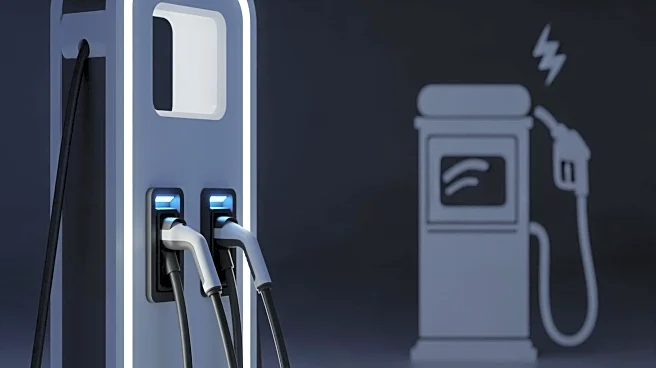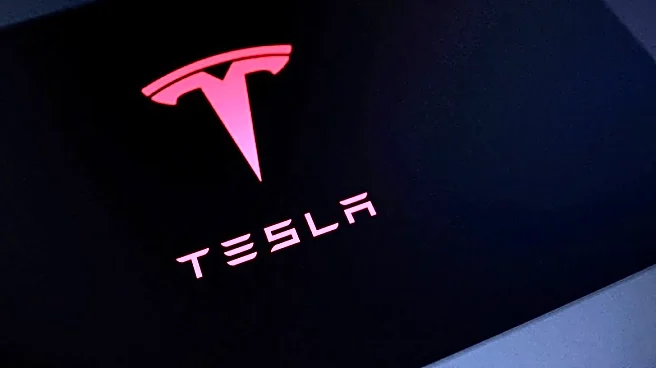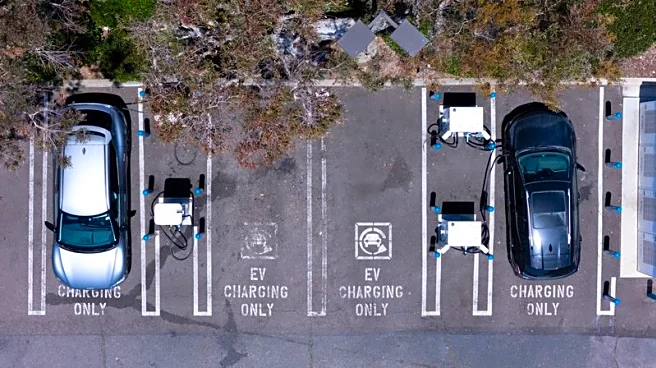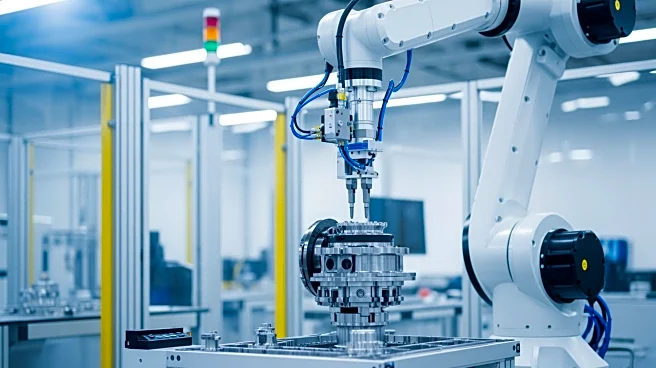What's Happening?
In the third quarter of 2025, half of the 16 major global automakers reported increased revenue and sales volumes, particularly those with significant exposure to the U.S. market. This period coincided with the expiration of the $7,500 federal tax credit
for electric vehicles (EVs) on the last day of Q3, prompting a surge in consumer purchases as buyers accelerated their plans to take advantage of the credit. The end of this incentive has led to varied financial outcomes for automakers, with some benefiting from increased sales while others face challenges in maintaining momentum.
Why It's Important?
The expiration of the federal tax credit for EVs is a pivotal moment for the automotive industry, particularly for manufacturers heavily invested in electric vehicle production. The surge in sales prior to the credit's expiration highlights the significant role government incentives play in consumer purchasing decisions. Automakers that capitalized on this opportunity may see short-term gains, but the long-term impact remains uncertain as the industry adjusts to the absence of this financial incentive. The situation underscores the importance of strategic planning and adaptability in response to policy changes.
What's Next?
As automakers navigate the post-tax credit landscape, they may need to explore alternative strategies to sustain EV sales momentum. This could include introducing new models, enhancing vehicle features, or offering competitive pricing. The industry will likely advocate for new incentives or policies to support EV adoption, while consumers may reassess their purchasing decisions in light of the changed financial landscape. Stakeholders, including policymakers and industry leaders, will be closely monitoring the market's response to these developments.














